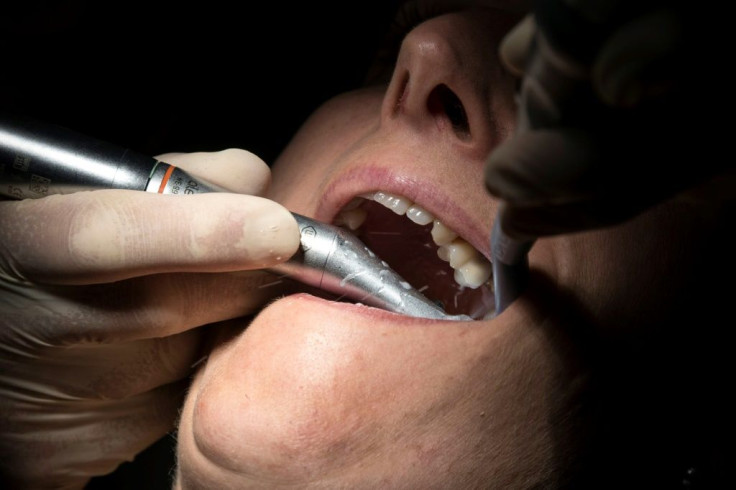Dentists Tell the WHO: We Will Open

From the day in mid-March when he was forced to close his dental practice because of the COVID-19 pandemic, Cary J. Limberakis, DMD, started planning for its reopening.
During the shutdown, Dr. Limberakis went to his Abington, Pennsylvania, office every day to field patient calls and meet with his son and partner, Jonathan Limberakis, DMD. The duo strategized about ways to make their practice as clean and infection-free as possible in preparation for opening.
“We ordered and installed HEPA filtration units in every room of the practice, from treatment rooms to the waiting room,” said the senior Limberakis. “In addition, we installed two air scrubbers, which is another filtration disinfection system used in the International Space Station.” Following the Centers for Disease Prevention’s Guidance for Dental Settings, and the American Dental Association’s Return to Work Interim Guidance Toolkit, the dentists purchased the necessary gowns, goggles and shields, and were fitted for N95 masks.
In late May, they conducted a day-long seminar to familiarize their staff with new office protocols for social distancing in the waiting room and other COVID precautions. On June 4, the first patient was welcomed back. “When a patient arrives at the office, we take their temperature and ask the standard questions with regard to COVID exposure,” Dr. C. Limberakis explained.
But World Health Organization’s Said to Wait
In early August, the World Health Organization recommended that routine, non-essential dental care should be delayed in areas where there is still community spread. The senior Limberakis, who also serves on the ADA’s Council on Dental Practice, and the ADA were having none of it. In a press release, the ADA said that it “respectively yet strongly” disagreed with the WHO.
“Oral health is integral to overall health,” Chad P. Gehani, D.D.S., president of the ADA, said in the release. “Dentistry is essential health care because of its role in evaluating, diagnosing, preventing or treating oral diseases, which can effect systemic health.” He noted that “millions of patients have safely visited their dentists in the past few months for a full range of dental services.”
Even when the pandemic had closed most dental offices, dentists, including Dr. J. Limberakis, continued treating patients who had emergencies that involved trauma, infection or severe pain. “That was the whole point of the ADA saying you just can’t shut dentistry down,” his father said. “We need to treat patients.”
Moreover, he pointed out that dentistry has been on the forefront of patient infection control. For example, during the 1980s AIDS-HIV epidemic, dentistry adopted universal precautions that required dentists to wear gloves and masks when treating patients.
On the Rebound
In April, the ADA reported that only 3% of dental offices were open. By mid-July, that number had rebounded to 99%. Practices also saw a sharp increase in patient volume in May as practices reopened. New consumer polling by the ADA indicates that 80% of adults were “comfortable” visiting their dentist right now or have already done so. Still, one-third of practices were forecasting lower patient volumes in the fall, according to an August 5 ADA webinar.
In late May, the Drs. Limberakis composed and mailed a 3-page, single-spaced letter informing patients about added safety measures to reassure them that it was safe to be seen in their office. To adhere to CDC and ADA guidelines, time was added between appointments to allow for cleaning and disinfecting. Consequently, the practice does not expect to reach 100% of its pre-pandemic patient volume.
“Appointments take longer, which means there are fewer appointments per day,” the senior Limberakis said. We are seeing fewer patients per day because we need more time to clean.”
The only thing that the dentist is certain about in the year of the pandemic is uncertainty. Given the circumstances, he says, “We are doing the best we can.”



























